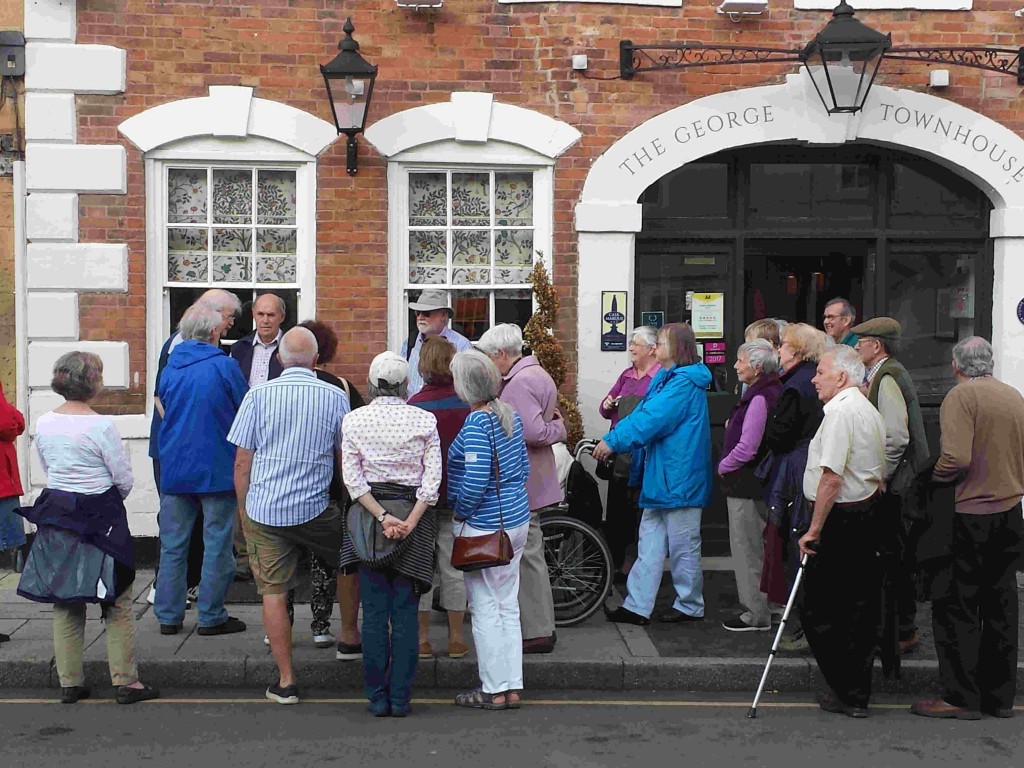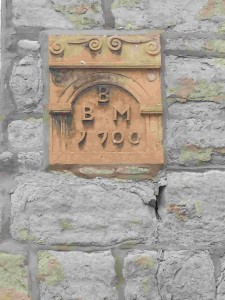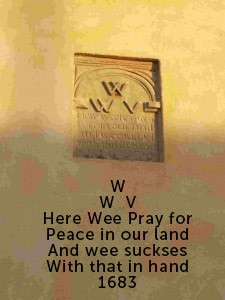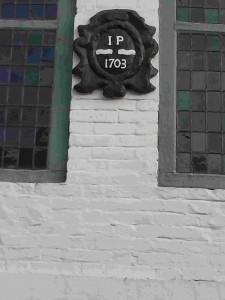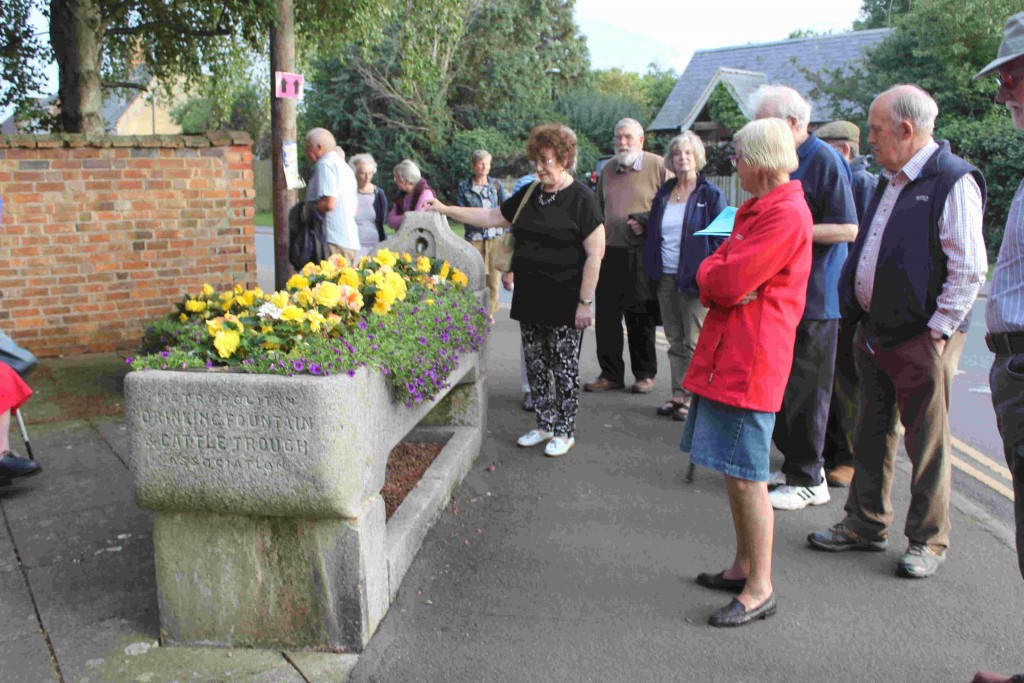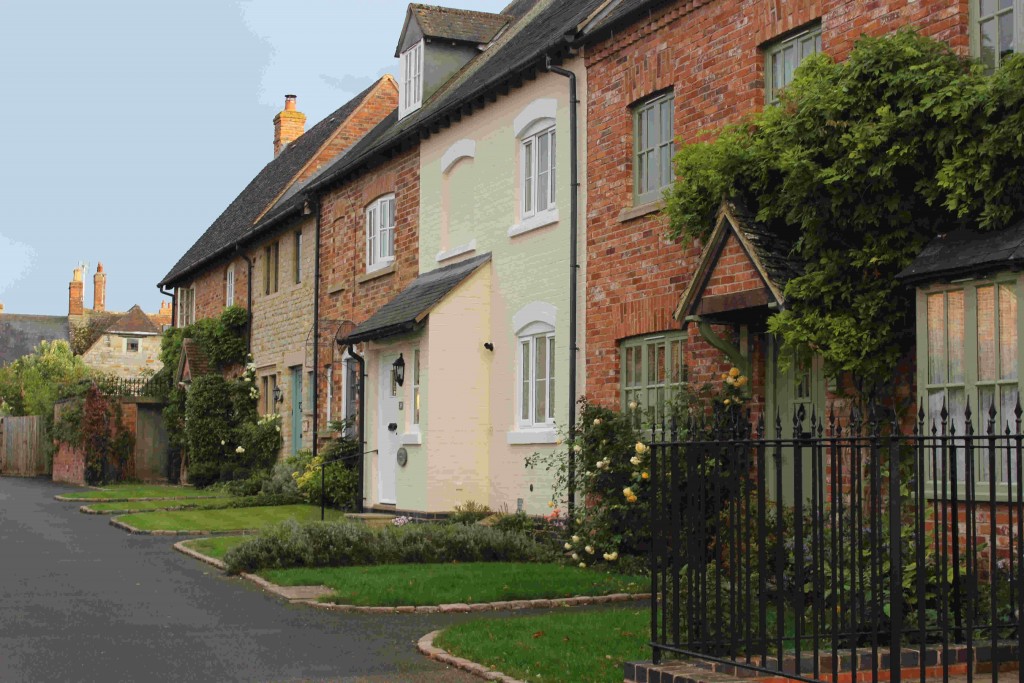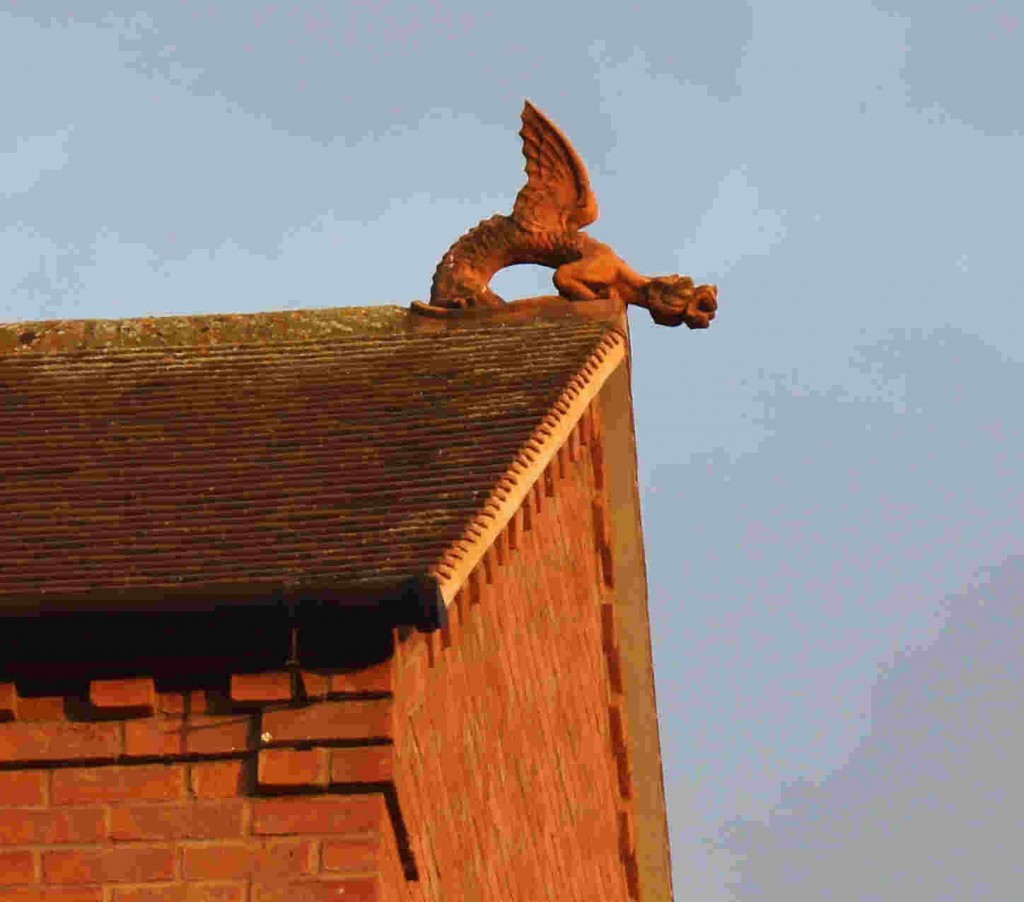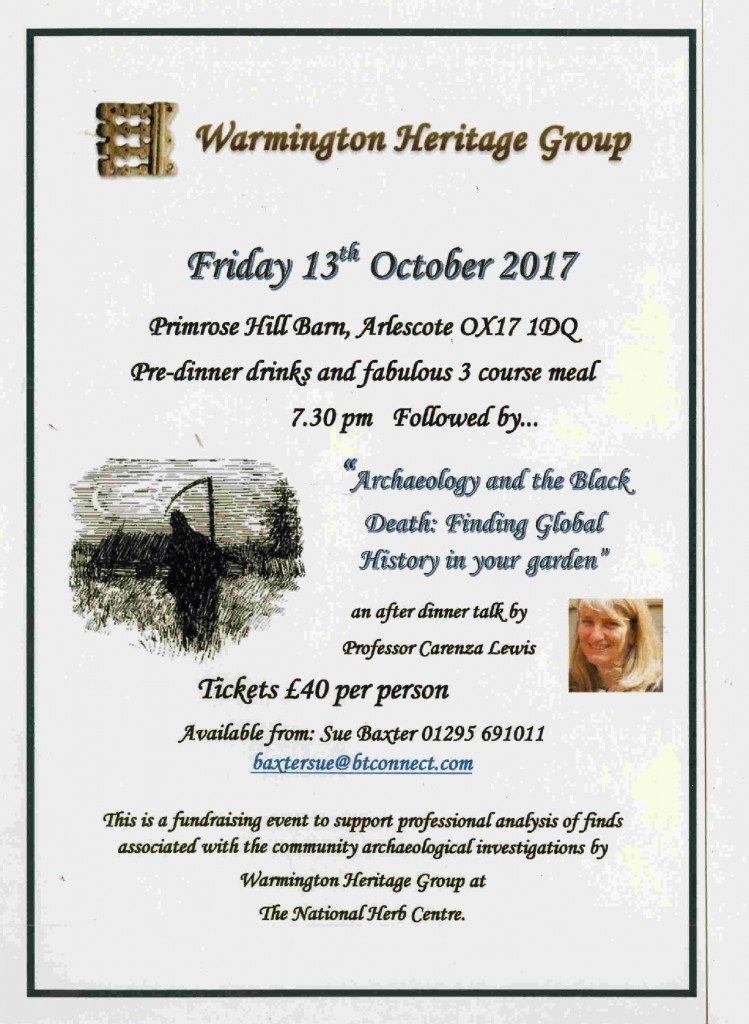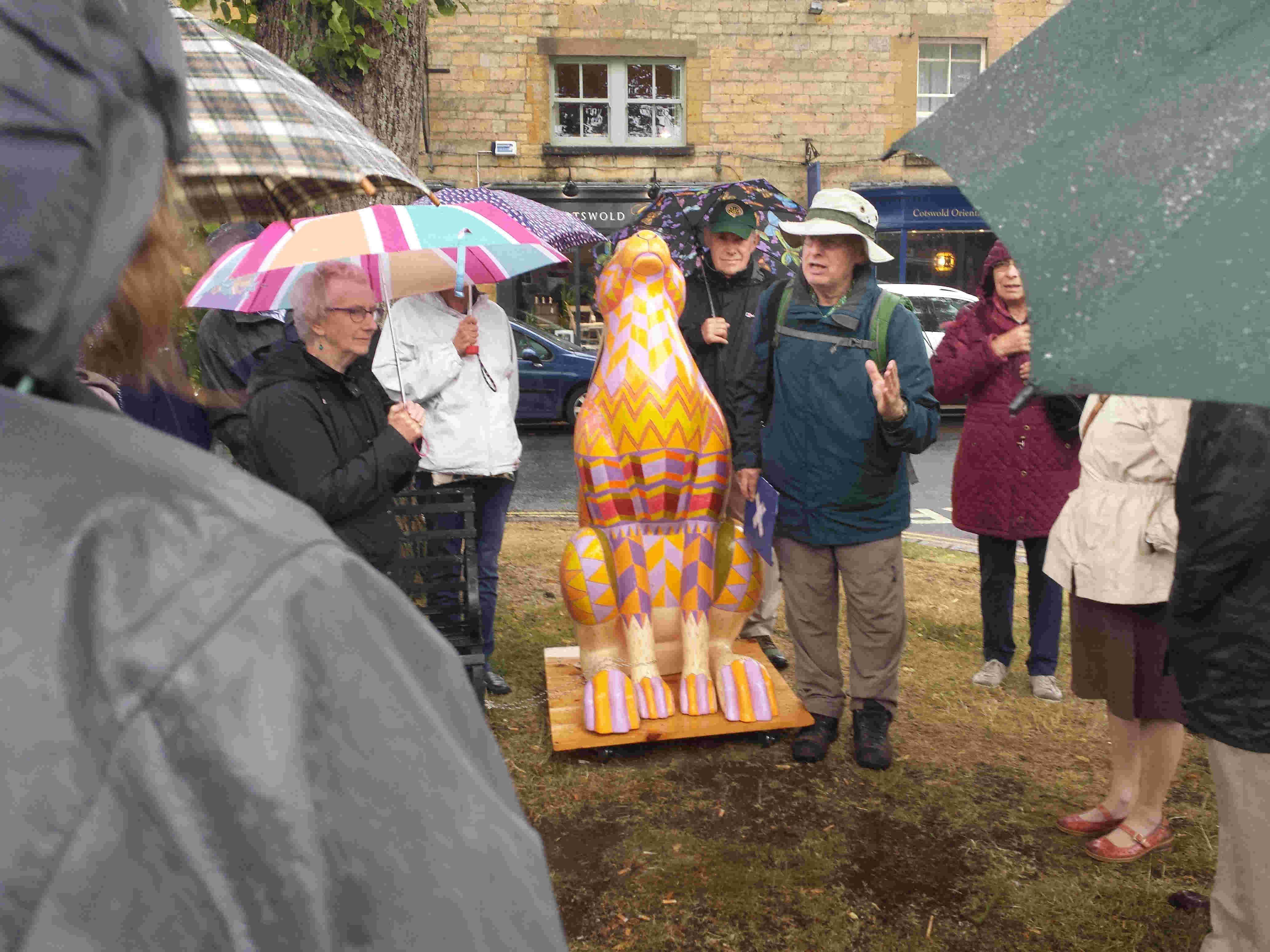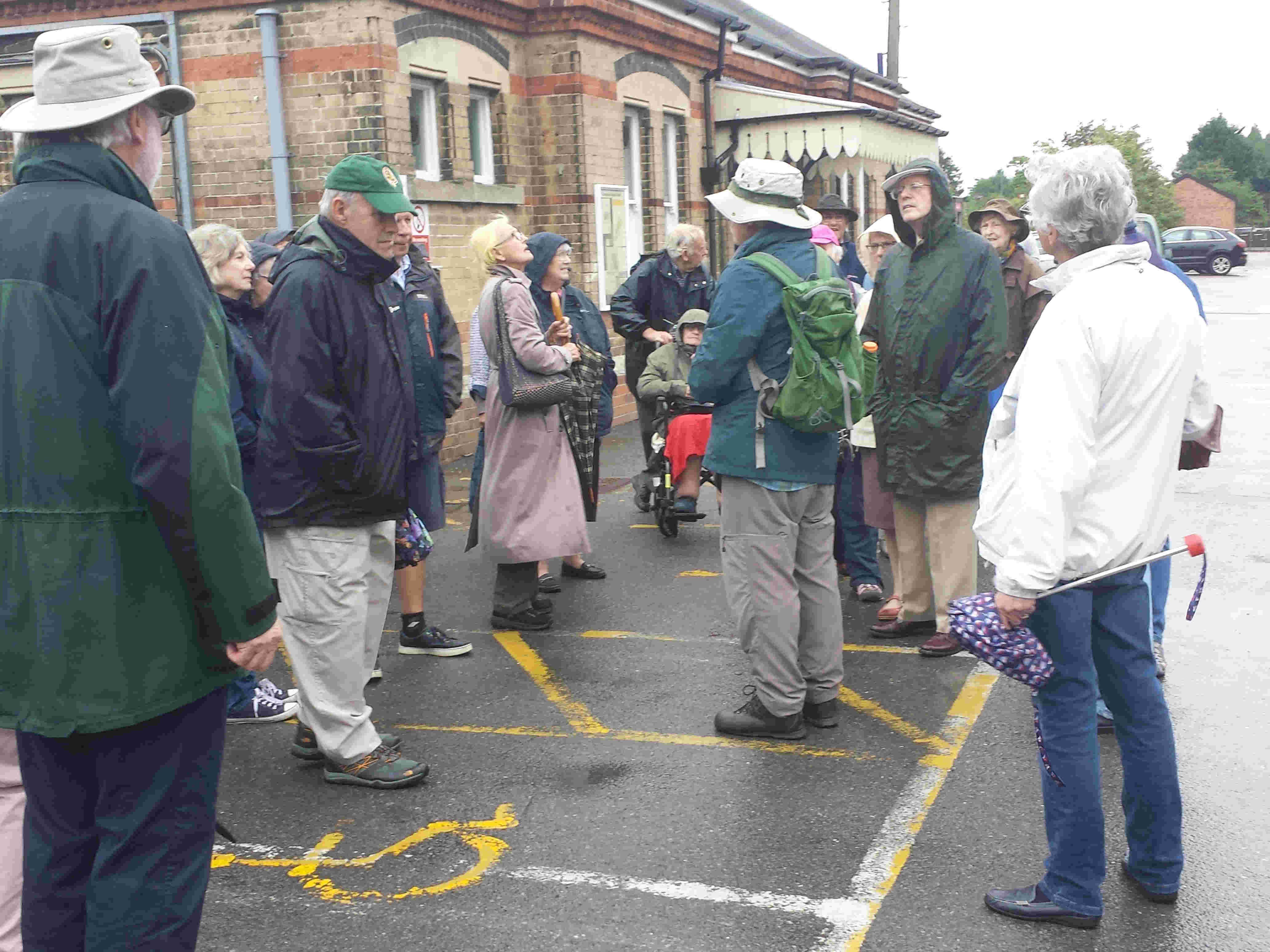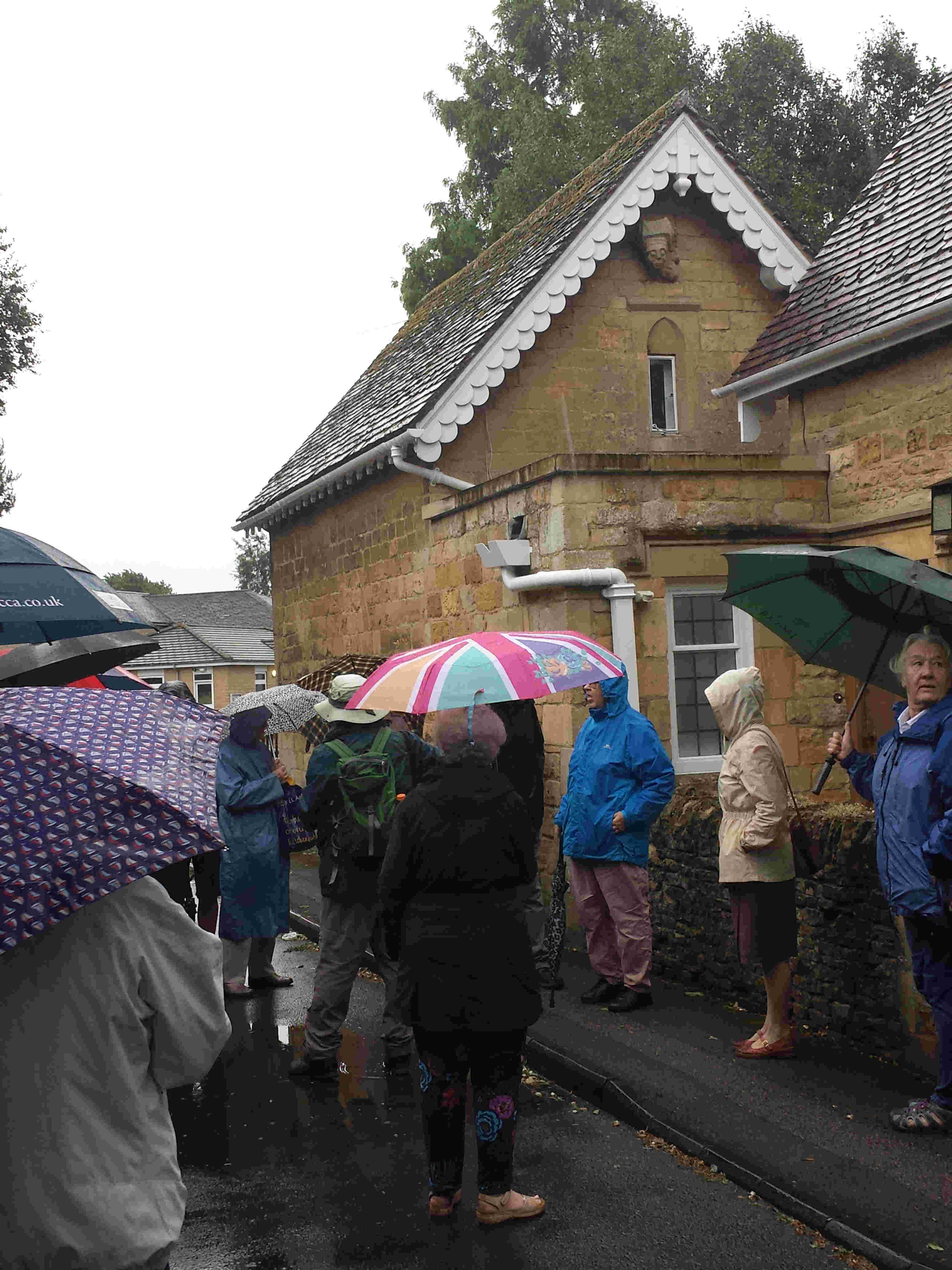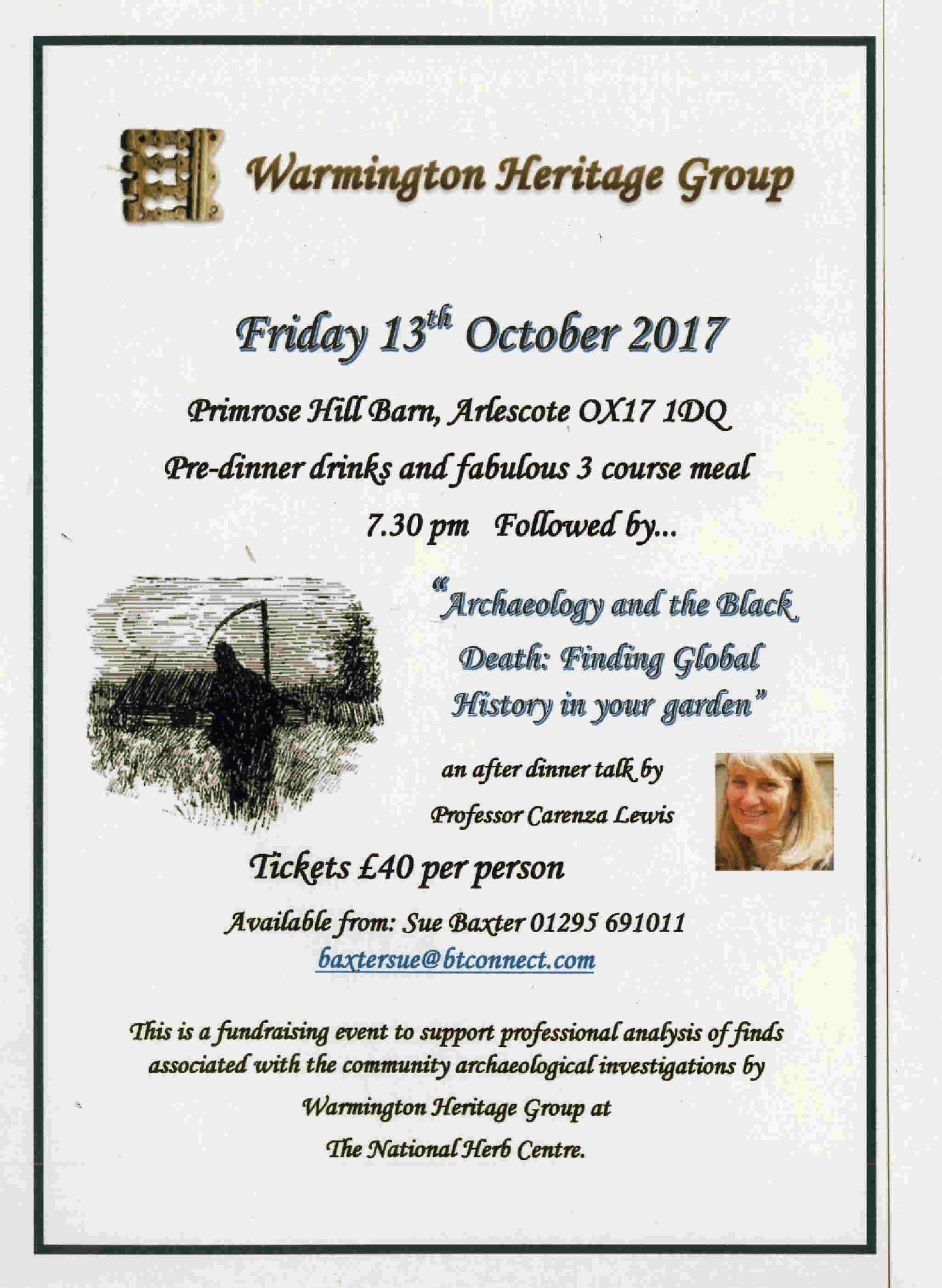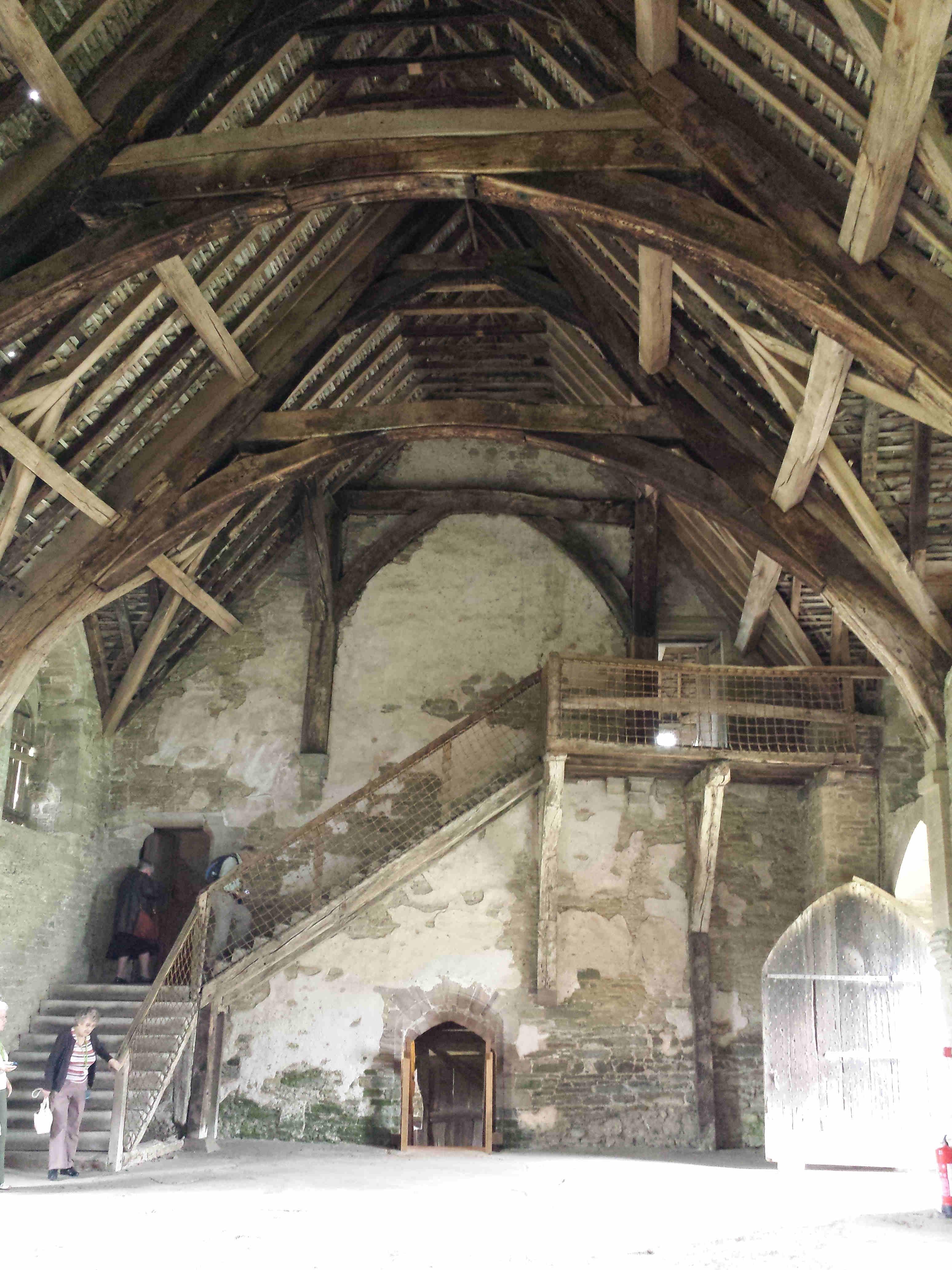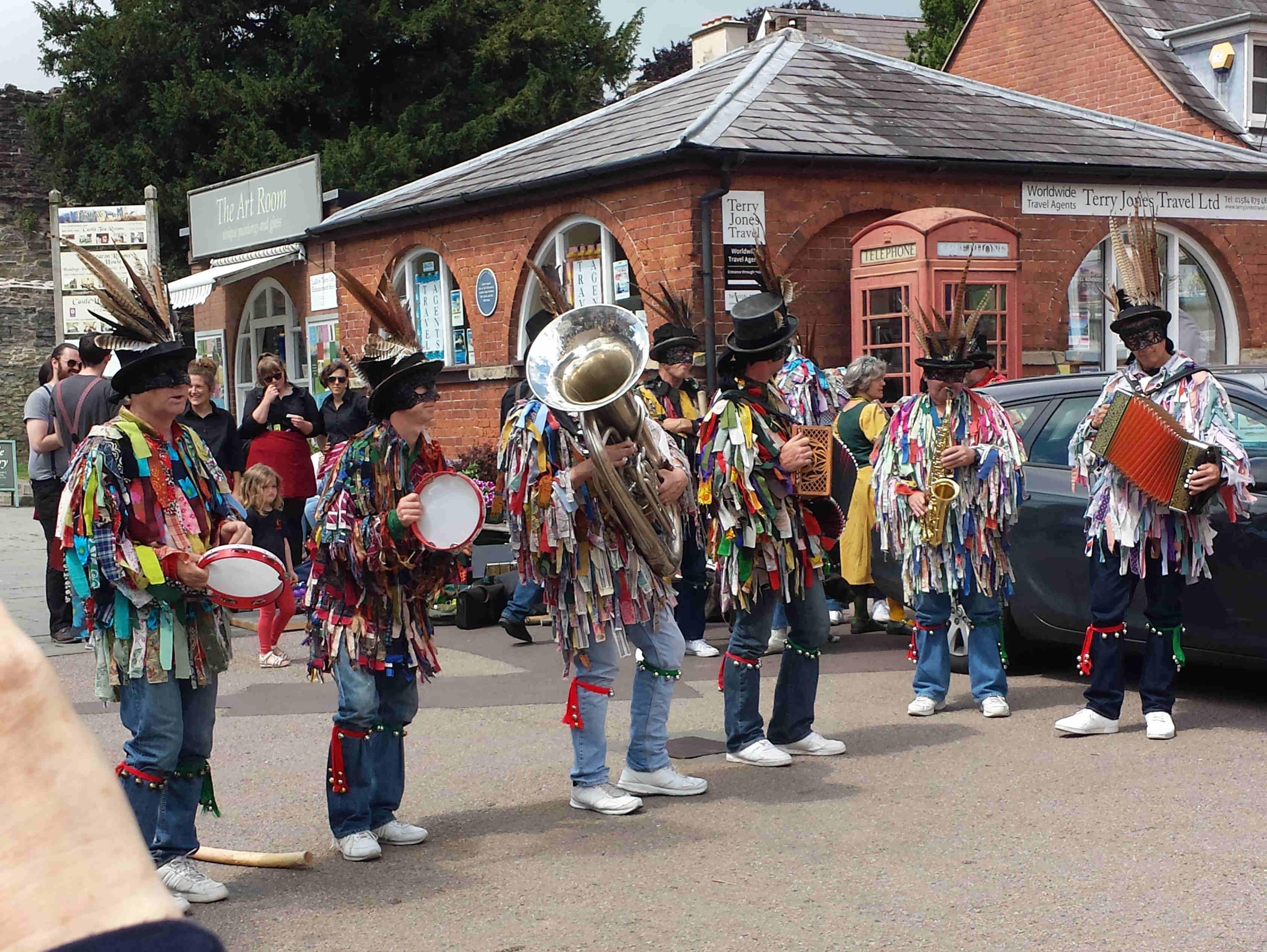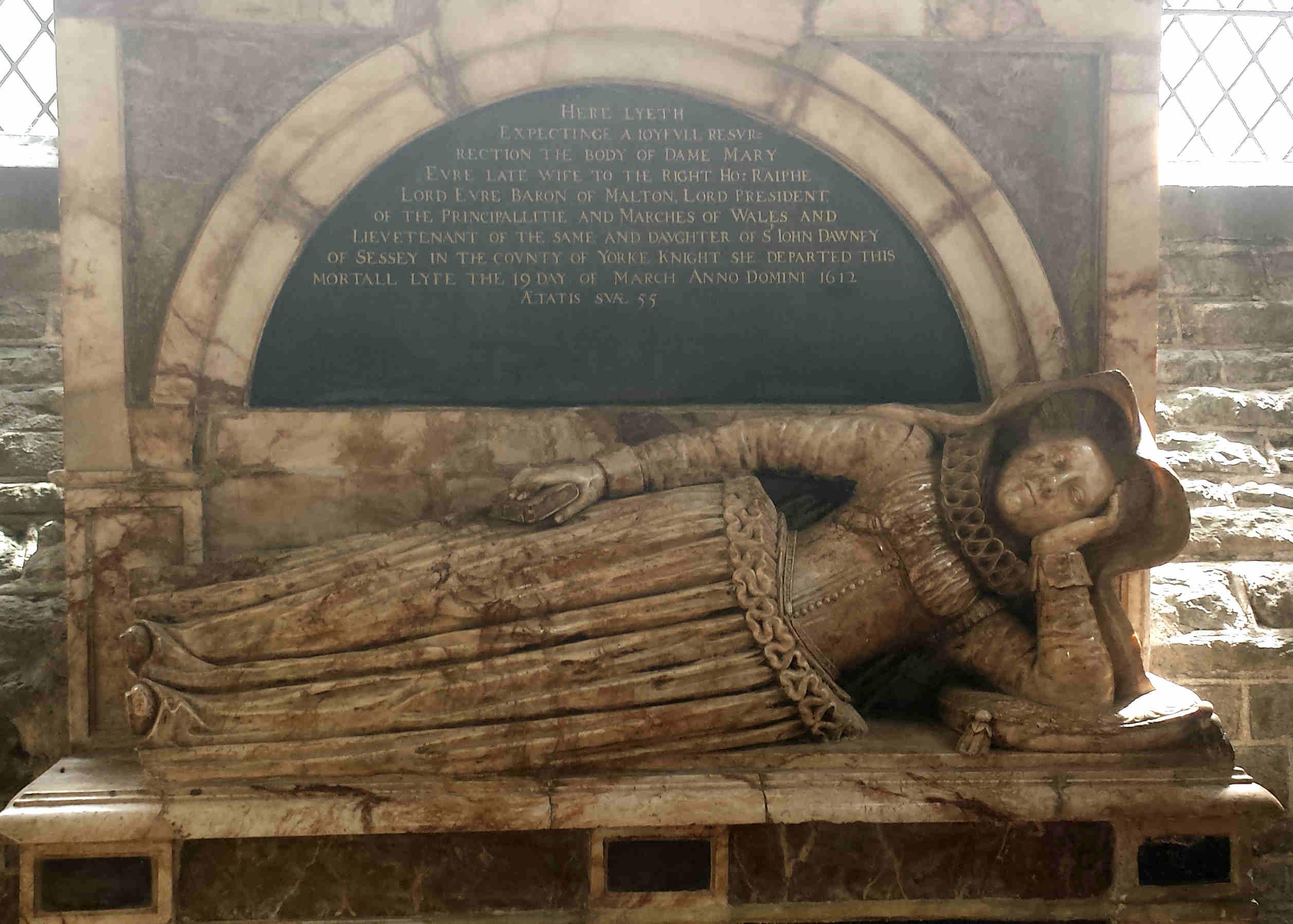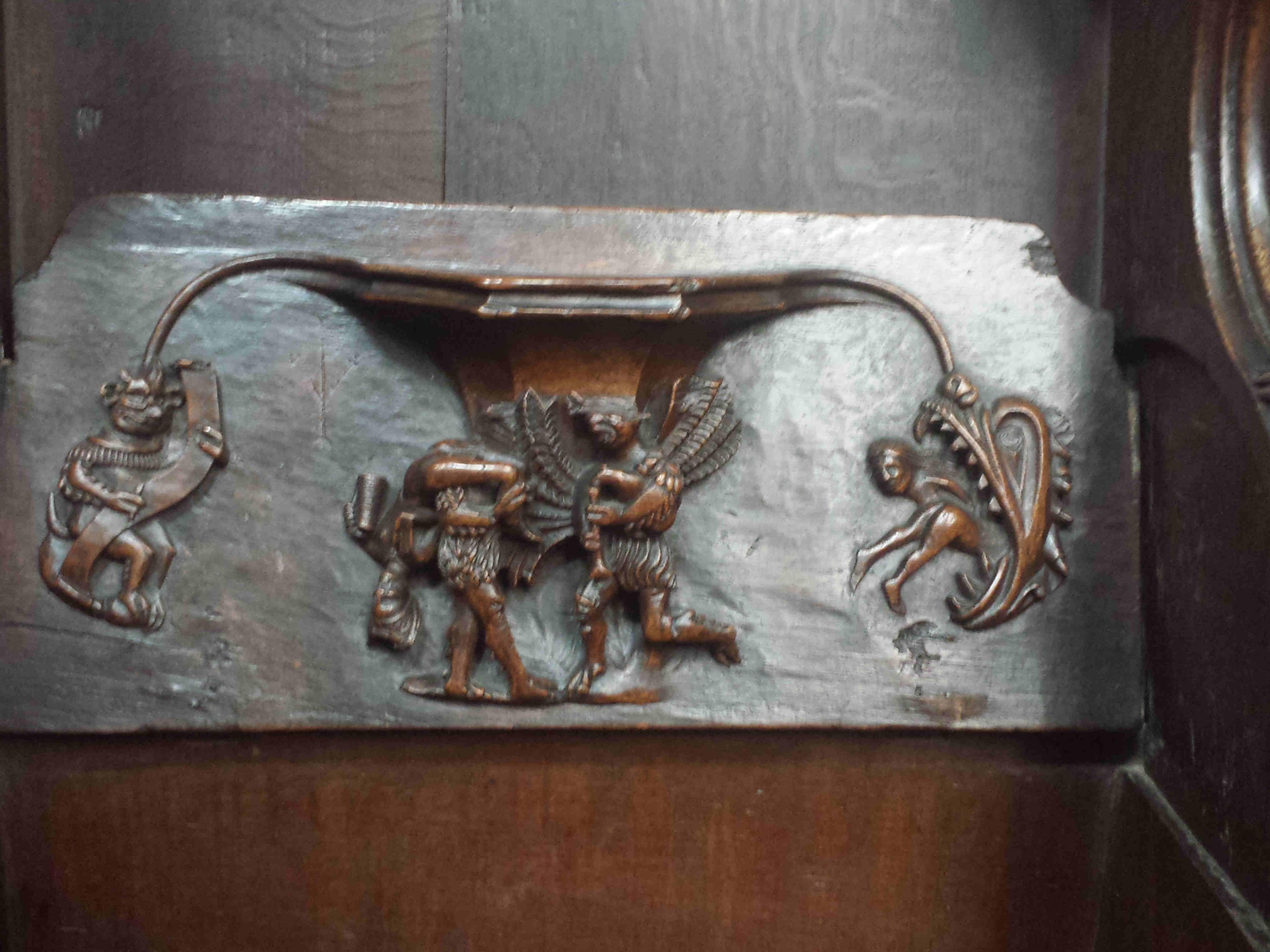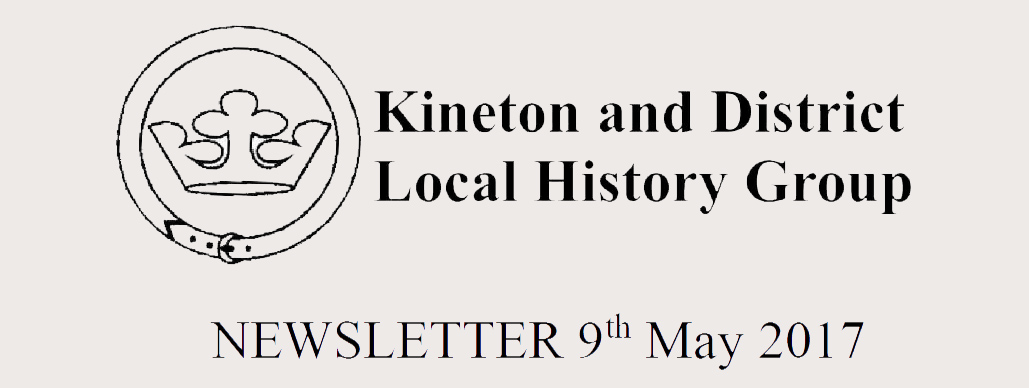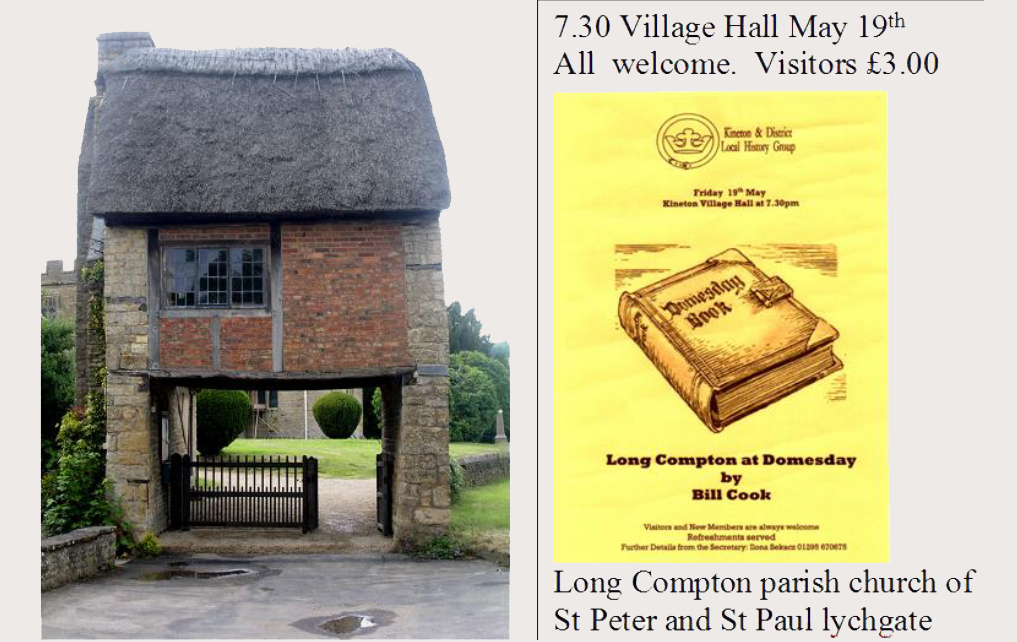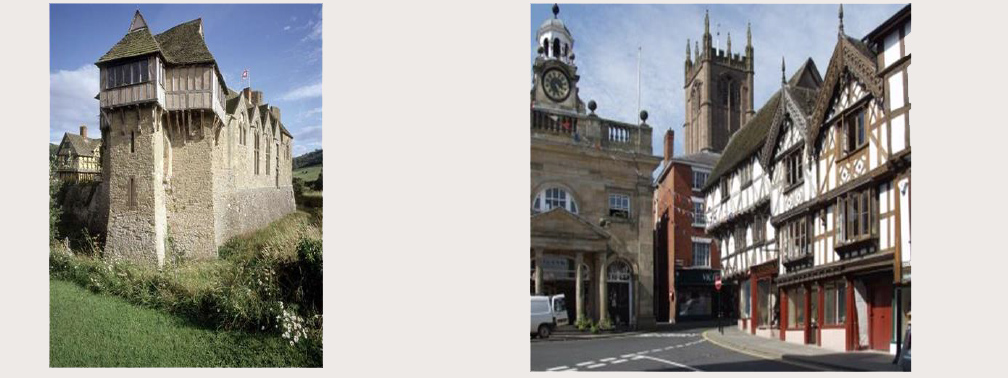Forthcoming K&DLHG events.
Friday October 17th our evening talk is the intriguingly titled: “ The Rise and Fall of Percy Pilcher and the Art of Flying” by Roy Smart. I hope to see you all at 7.30 at the Village Hall to find out wh Mr Pilcher’s fall was actual or metaphoric (or both) .
Report: the 15th September evening talk on Rebuilding Kineton Railway Station by Mark Reader
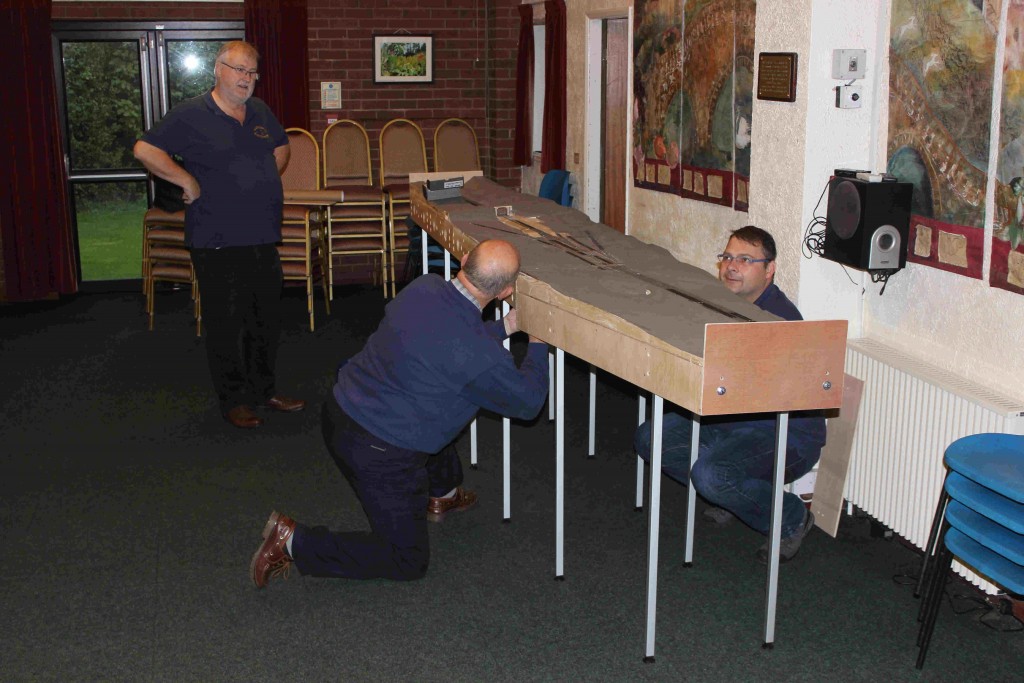
Mark (behind the setup) and colleagues
Mark Reader is a member of the Leamington and Warwick Model Railway Society which has its headquarters locally at Knightcote. He came early, and mob-handed with Mike, Kevin and David, to set up the 2mm to the foot (what a wonderful confusion of metric and imperial!) scale model of Kineton’s lost railway station. Even at this minute scale the model took up most of the width of the Village Hall. The skill in representing trucks and buildings in miniature was astounding, and Mark gave credit to the dedicated craftsmen of the Model Railway Society who have spent several years creating the topography and buildings that used to be on the site near Brookhampton Lane.
To a packed Hall of members and visitors Mark gave us a brief history of the railway companies that ran the not very financially viable line through Kineton from 1871 before it was finally axed by Beeching in 1965. A poignant short video showing trains running on the line and photos of the last train at the station drew murmurs of recognition from the audience. Mark had made an appeal to our members some time ago for memories, photographs or material related to the railway to help to replicate the detail necessary for an accurate model. Hardly any physical remains of the station or track still survive, but to show that not everything had been lost Mark flourished the baton handed to the train driver to guarantee that the single track section through Kineton was clear. One member had been able to produce the lamp from the waiting room and others had unearthed photographs and reminiscences. Apparently the signal box was the scene of “hanky-panky”, though no names were offered.
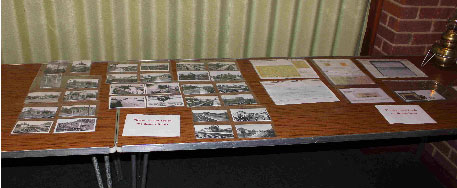
Part of the display of phtographs and memorabilia. Note the waiting-room lamp at the right hand edge.
Mark meticulously detailed the historical changes he and his colleagues had identified, and how they had faithfully incorporated them into the model. The height of the platform varied, and several explanations were offered – the higher levels possibly used to aid the loading and unloading of heavy goods, or maybe to help the transport of horses, remembering that the railway was used by huntsmen travelling to attend South Warwickshire Hunt meets. Lord Willoughby de Broke even had his own mini-branch siding for a while. After passenger trains were withdrawn in 1955 the platforms were cut back to allow wider trucks to pass, transporting iron ore from the local quarries to the South Wales smelters.
The model is still under construction and any new information would be welcomed. A big problem for the modellers is colour, as most photographs at the time were black and white, so an extra appeal was made for any colour photos of the line.
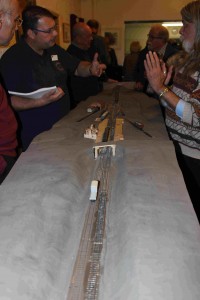
The model, with members sharing memories with the modellers. Note the bridge, still there on the Warwick Road.
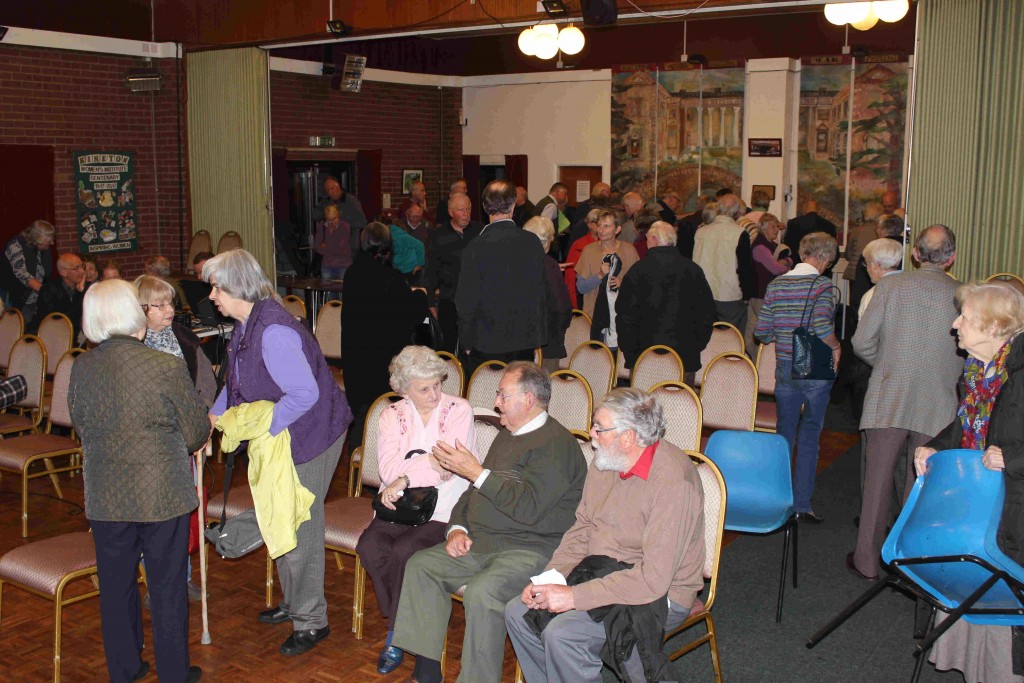
The Group admiring the model at the back and enjoying tea, coffee and gossip.
The question session was lively and informative with several members able to clarify aspects of the line and its history. Mary Wheilden even admitted to owning a truck left on the line at its closure. A former member of staff at the Norton Grange Approved School remembered how the removal of the sleepers gave them a better chance of running down absconders, who used the old line to get to Banbury or Stratford. No further light was thrown on the signal box hanky-panky however.
Richard Hammon gave our thanks to Mark Reader and his skilled colleagues at the Leamington and Warwick Model Railway Society, for a superbly well informed and entertaining evening. The Society’s Open House Day is 11.00am to 4.00pm on Saturday 21st October at the Clubhouse, New House Farm, Knightcote, CV47 2EQ
The Fund Raising Dinner for the Warmington Dig
On Friday 13th Professor Carenza Lewis, well known for her long stint on Time Team, was the guest speaker at the Warmington Heritage Group’s fund raising dinner at the Primrose Hill Barn venue in Arlescote. Several members of the Kineton Group attended, as well as representatives from other local societies. Professor Lewis gave a chilling account of the effects of the 14th century Black Death on the population, but her main point was to show how public participation in archaeology can contribute massively to our knowledge and understanding of the past but just as importantly works for the benefit of local communities, particularly the vulnerable and disadvantaged. Her title at the University of Lincoln is Professor for the Public Understanding of Research and on Friday she demonstrated, in spades, how inspiring it can be when local communities engage with researching their own neighbourhoods, or even just digging their own back gardens. Professor Lewis generously waived her fee and John Jeffries donated the venue for the evening, to help the fund raising effort.
Warwickshire Local History Society News
The WLHS is working on raising the Society’s profile and to this end have redesigned their webpage at http://www.warwickshirehistory.org and have a Facebook page.
The WLHS 21st November meeting will be devoted to members’ presentations with short talks on the 1910-15 Valuation Survey in Stretton on Fosse, Crisis and Change in 17th century Coventry, and Shakespeare’s Schoolroom and the Guildhall in Stratford.
Committee Matters
There have been no meetings since the last Newsletter
The next Committee Meeting is on Monday 6th November.
DF 15 10 17
